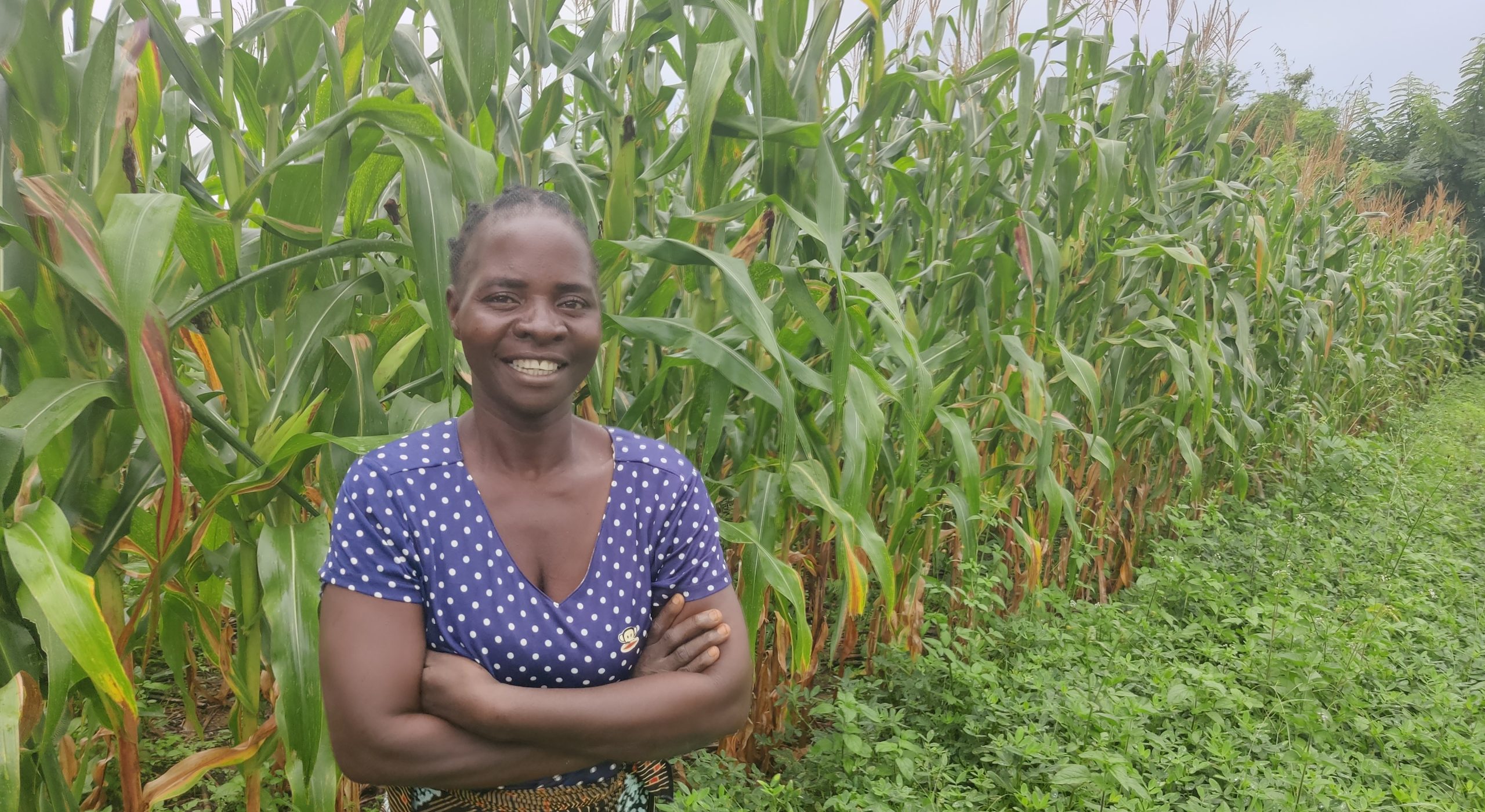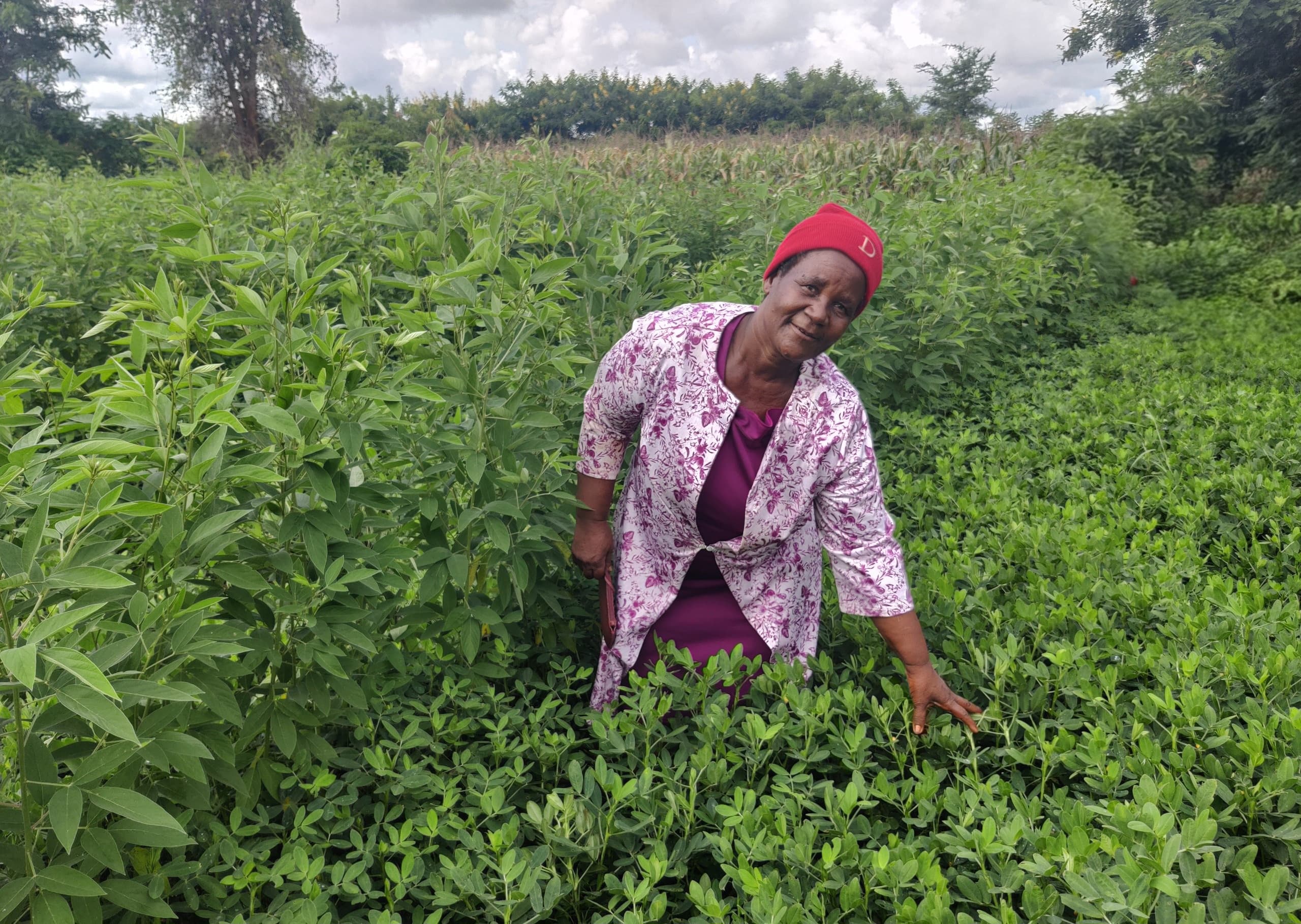
Soft-spoken and humble, Dorothy Helema has quietly become a pillar in her community’s journey with Conservation Agriculture (CA). More than a practitioner, she is carrying forward not only a set of farming practices but the legacy of a movement that began with her late husband, Christopher Helema. It is her work that speaks volumes.
Today, she stands as one of the longest-serving and most respected Conservation Agriculture trial implementers in Chinguluwe, Thuphwi Village in Salima District of central Malawi. Season after season, she prepares her trial plots with outstanding precision and consistency, setting a benchmark for others. Researchers trust her data, and fellow farmers lean on her experience. Her role has grown beyond that of a participant, stretching to a mentor, a collaborator, and a local anchor in efforts to scale sustainable farming beyond her own household. Her continued involvement shows how individual commitment can sustain and scale impact in farming communities, a real example of how model farmers can drive innovation.
A legacy continued
It all began with her husband Christopher. Facilitated by CIMMYT and Total LandCare, he joined a cross-site learning visit from Chinguluwe to Nkhotakota District in 2008, over 140 kilometers away, to observe thriving CA systems firsthand. Inspired, he returned determined to lead similar efforts in his home village as a trial implementer. From that point on, his plots consistently stood out, showcasing the potential of CA even in challenging conditions. He started learning about the key principles of CA, adopted intercropping, practiced crop rotation, and took the addition of organic matter seriously into account to improve his soils for the long term. For nearly 10 years, he was at the forefront of the local CA movement in this area.
Then tragedy struck. Christopher Helema lost his life in a fatal accident. His absence was deeply felt not only by his community but also the CA team in Malawi. For months, the demonstration plots remained untouched. Yet, out of mourning emerged a determined hand. Dorothy, then still reeling from the loss, made the decision that would define her journey. With quiet strength, she picked up the baton and stepped into a role she hadn’t planned for, but one she has since embraced fully.
The face behind the data
Agricultural research often risks becoming a sea of numbers, from statistical analyses, yield comparisons, and graphical visuals feeding into valuable journal articles and policy briefs. But Dorothy’s story humanizes this data. She is not a farmer but a living embodiment of long-term research in practice. Every replicated trial, every intercrop combination tested in her fields represents not just scientific rigor but a farmer’s sweat, instinct, and belief in innovation. Through her work, researchers have gained insight into how real-world conditions shape outcomes, how rainfall patterns intersect with soil types, and how social dynamics influence the adoption of new methods.
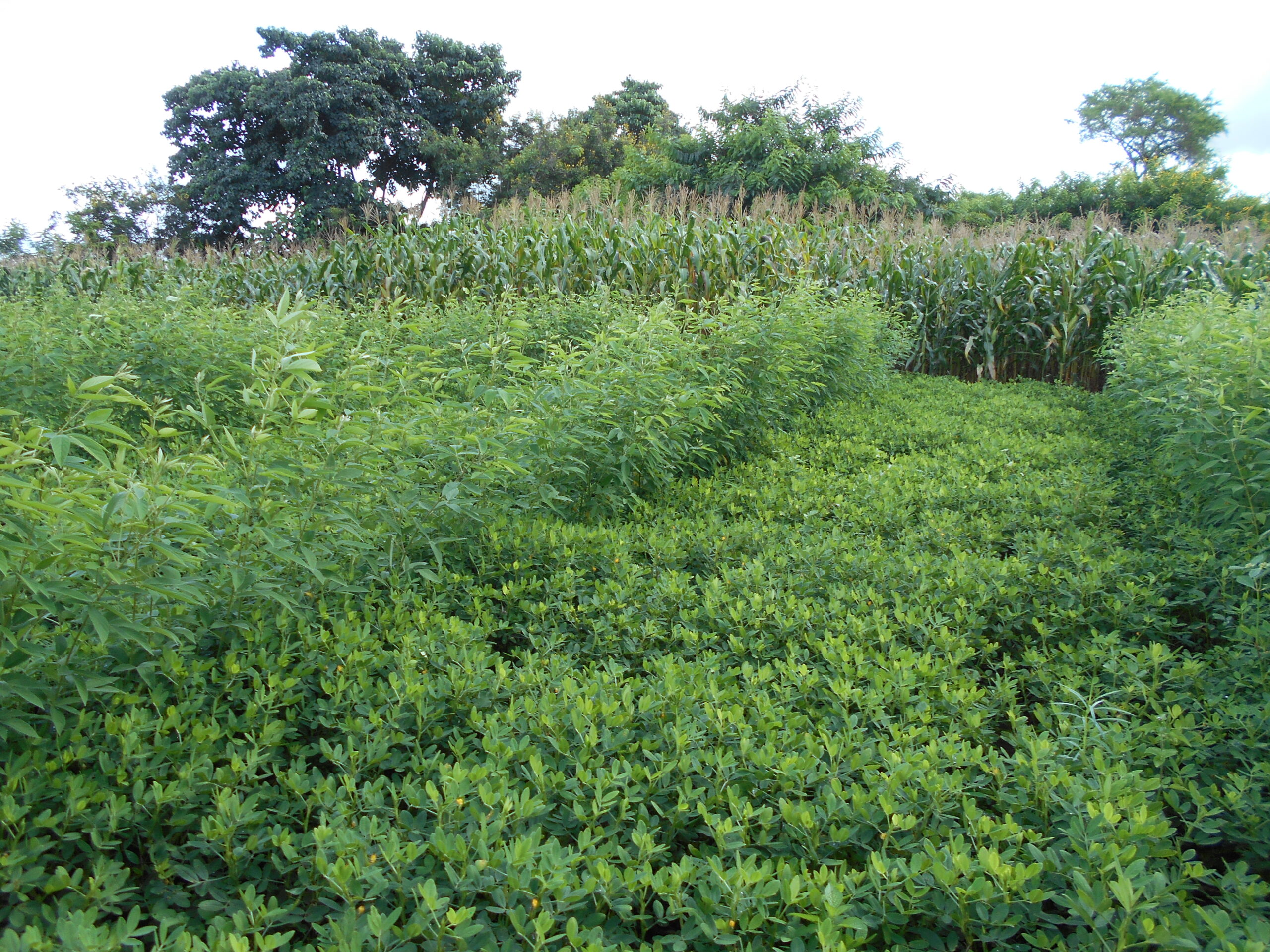
These insights have helped refine the technologies themselves. What began as a simple maize-only CA plot has evolved into a diversified system that integrates legumes such as pigeon peas, cowpeas, and groundnuts, crops that not only improve soil fertility, but enhance household nutrition and to diversify income sources. Maize, as the most important staple food crop, was the entry point. Cowpeas were introduced as intercrops to further diversify the system and strengthen resilience. Demonstrating how minimum tillage, residue retention, and crop diversification could boost yields while reducing farm labor was an important learning step. Groundnuts as rotational crops were introduced after three seasons, adding nutritional and income benefits to their farming plot. Improved stress-tolerant maize varieties were introduced after four seasons of experimentation to reap the benefits of “bundled innovations”. Ultimately, doubled-up legume systems, including pigeon pea mixed with groundnuts were the next step, improving soil fertility while expanding income streams.
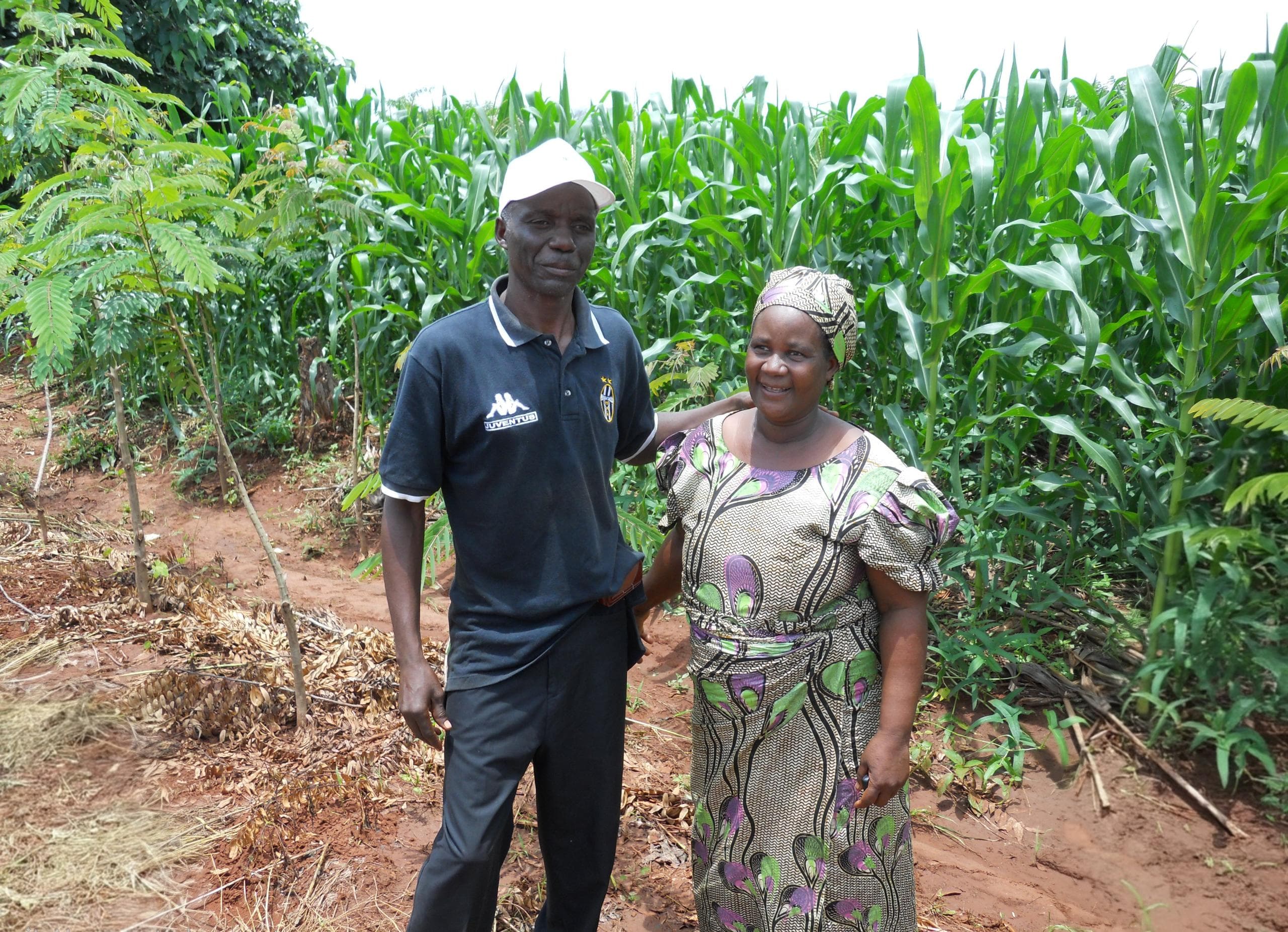
Christopher, and later Dorothy, implemented all these systems with care, adapting them to their local context and proving their value through real-life outcomes. During the 2024/2025 season, her maize yields under CA reached an impressive 5,382 kg/ha in the maize-legume rotation plots, well above the community and national average. Her results are not anomalies; they are the outcome of deliberate practice, commitment to learning, and an understanding that the future of farming in southern Africa requires flexibility and change.
“She doesn’t just follow instructions, she lives the process,” says Christian Thierfelder, CIMMYT Principal Agronomist, who has worked with Christopher and Dorothy from the start. “Her dedication has always been exceptional. Among the six farmers in her cluster, her trial has consistently been the best in terms of soil health, diversity, and precision.” What sets her apart is not just yield, but mindset. She invests in her soil. She mentors her peers. She treats each trial not as an academic exercise, but as a vital part of her livelihood and her community’s food security.
Scaling with purpose
Dorothy’s impact stretches beyond her own fields, which are often the first stop for visiting researchers, fellow farmers, and extension officers. Other farmers in the village have quietly followed her lead. Whether it’s through informal chats at the borehole or field-day demonstrations hosted by the project team, she has become a peer educator. This organic diffusion of knowledge highlights a key principle: technologies don’t scale themselves, but people do. With consistent support and opportunities to see results firsthand, farmers like Dorothy become the engines of adoption and local champions of sustainable practices.
The success of this work hinges on continuity and partnerships. The CGIAR Initiative on Scaling for Impact builds on these proven foundations. Its aim is to expand access to successful, field-tested innovations and make them the new normal across farming systems. But reaching more farmers like Dorothy requires more substantial investments, especially in field staff, knowledge-sharing platforms, gender-sensitive extension models, and long-term data systems that track transformation over time.
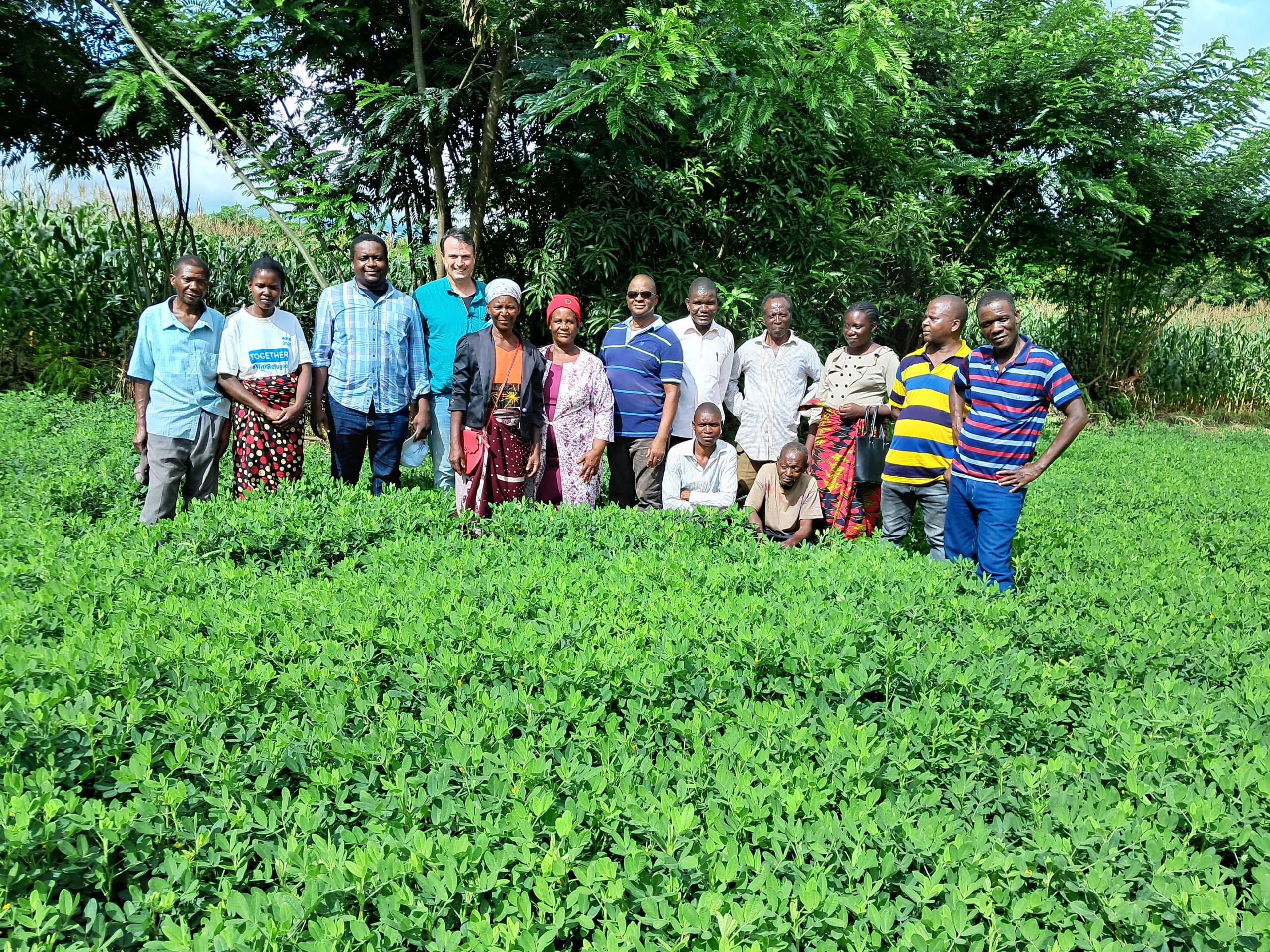
 Capacity development
Capacity development 